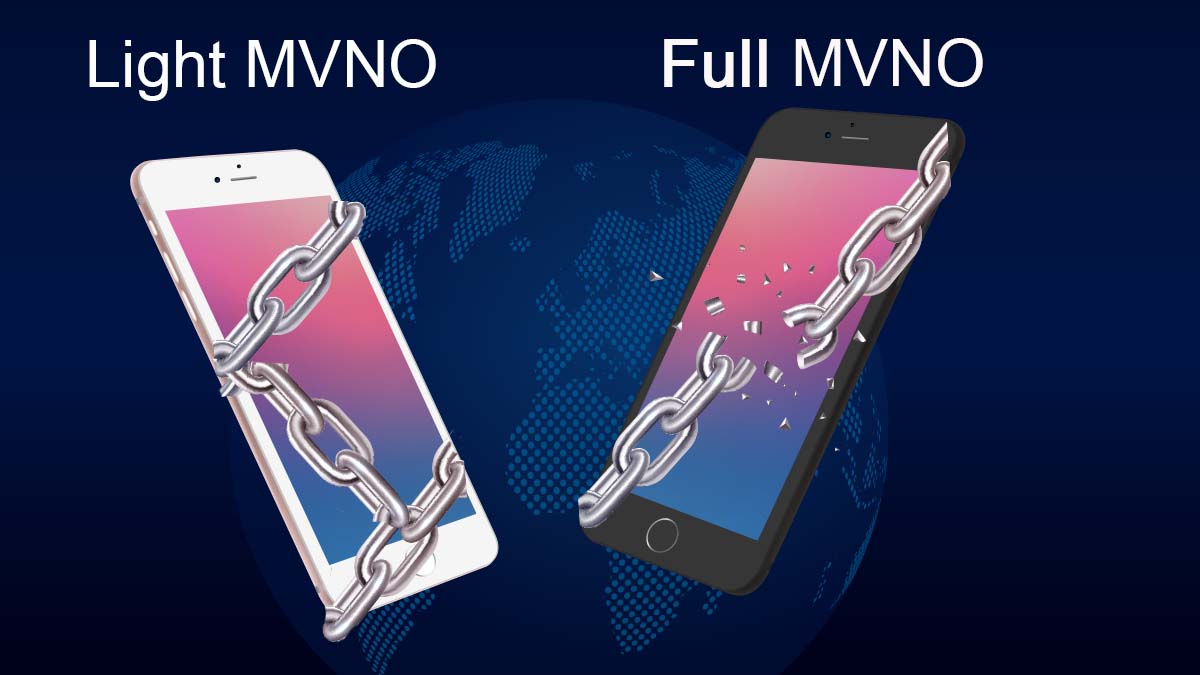- News
What are the differences between a Light MVNO and a Full MVNO ?
Each week, Ouroboros team receives dozens of demands about this new and very attractive business. Let's clarify few points...
Focussing first on the Mobile Network Operators , known in the telecom industry as MNOs, are responsible for creating the mobile network. They deal with the regulatory body of the targetted country to purchase or lease the spectrum and then purchase or lease the network equipment from the vendors. They have then to get into an agreement with various handset suppliers. They are responsible for the day to day running of the network and would be blamed if there are problems or if the quality of experience is not as expected. The MNOs have to maintain their own Operation Support Systems (OSS) and Business Support Systems (BSS). They are responsible for billing their direct customers (subscribers) and may also be responsible for indirectly billing the customers of MVNOs.
Let us have a look now at Full Mobile Virtual Network Operators also called MVNOs. They operate in a similar way to a mobile network operator. The Full MVNO concludes an agreement with a MNO (or also known as a Host Operator) to buy bulk access to the MNOs network at wholesale rates. It has its own core network infrastructure (i.e. OSS/BSS software which manages the GSM, 3G, 4G Frequency spectrum) excepted its own radio frequency spectrum and antennas. Then, it defines its retail prices and can build its differentiated value-added services. It manages its own targetted subscriber base, its services and produces its own SIM cards independently from the Host Operators. More lucrative and more flexible, the full MVNO can interconnect with multiple operators. It can receive income from other operators for call terminations.
The light MVNO depends on MNO to provide usage information for its customers - that it can bill. It uses the HLR (the main database of permanent subscriber information for a mobile network) of the MNO where it enters the details of its own subscribers. It addresses a niche market that the MNO doesn't want to address. This Light MVNO model requires a little investment but it is fully tightened to the MNO which can give priority to its direct customer in time of high usage or put a restriction on certain devices.


